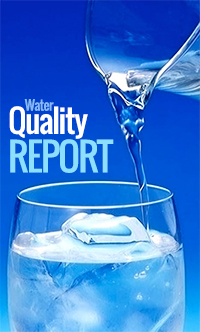Lead in your Water
On December 17, 2021, the EPA published notice (86 FR 71574) that the Lead and Copper Rule Revisions (LCRR) became effective on December 16, 2021.
The LCRR calls for many changes in monitoring and managing lead and copper in drinking water. The first implemented change will be the required Lead Service Line (LSL) Inventory that all water systems must complete and submit by 2024. LSL inventories must be made available to the public and must be included in the annual Consumer Confidence Report (CCR).
The Lebanon Water Works Company (LWWC) will comply with the mandate and has begun initial planning on methods and procedures to perform the inventory as the earliest and initial step in the process. Private side inventories are also intended to be completed and the LWWC will ask for customer assistance with this phase. That MAY include permission for someone to enter your home to see where the water enters your house OR you may be asked to perform and document your own inventory with guidance and direction provided by the LWWC.
The final goal of the program is to remove ALL Lead Service Lines from our water system and it will take “buy-in” from our customers to make this happen.
What is a Service Line
A service line connects water from the main to the customer (house or business). The “public” portion of that line is from the main thru the water meter and is owned and maintained by the Lebanon Water Works Company (LWWC). The “private” side of that line is from the meter to the house and is owned and maintained by the customer.
How Lead Gets into your Drinking Water
Lead can enter drinking water when plumbing materials that contain lead corrode, especially where the water has high acidity or low mineral content that corrodes pipes and fixtures. The most common sources of lead in drinking water are lead pipes, faucets, and fixtures. In homes with lead pipes that connect the home to the water main, also known as lead services lines, these pipes are typically the most significant source of lead in the water.
Lead pipes are more likely to be found in older cities and homes built before 1986. Among homes without lead service lines, the most common problem is with brass or
chrome-plated brass faucets and plumbing with lead solder.
Get Involved
Click on the Lead Map Icon below to view our current lead inventory
Click on the Customer Survey Icon below to help us populate our map with service line information from your property




